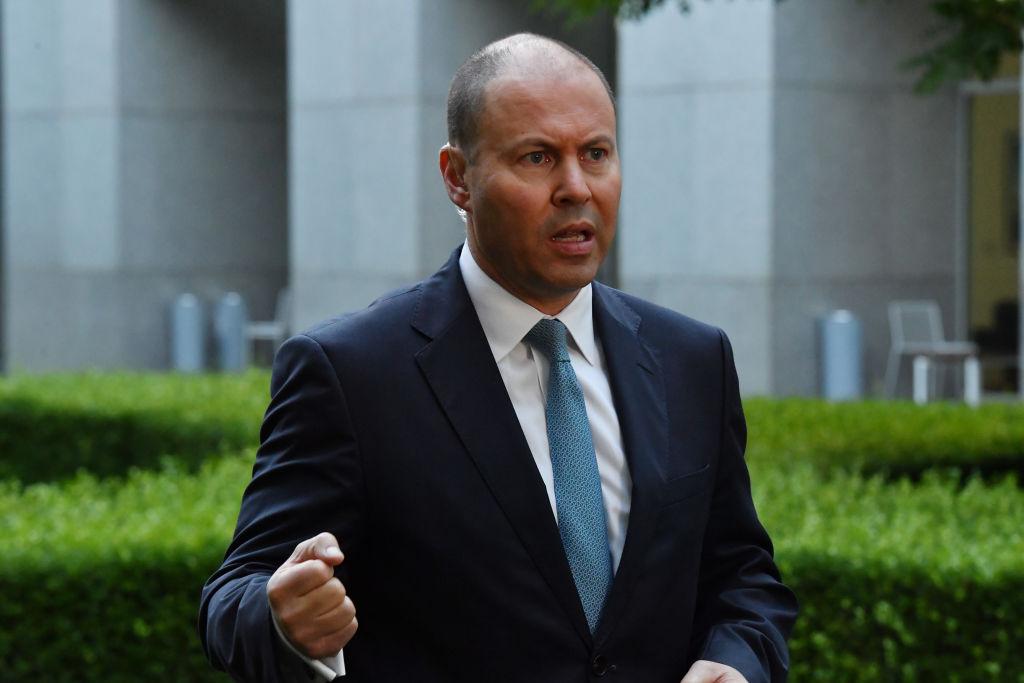Working Australians are expected to see $12 billion worth of tax cuts go into their pockets in the next six months as the federal government moves on from JobKeeper to other economic support policies.
Treasurer Josh Frydenberg said the data shows around 8.8 million Australians had already benefitted from $9 billion in tax cuts from July last year, when the cuts were brought forward as part of the COVID-19 economic recovery plan.





